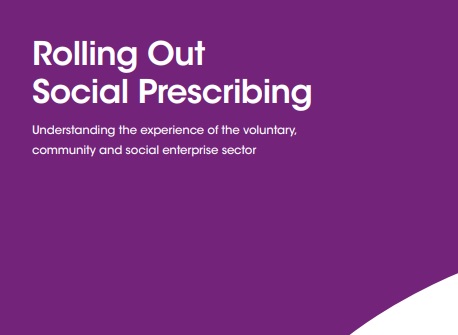Recent research by National Voices clearly highlights that social prescribing is most successful when there is a strong relationship between the health care system and the voluntary community and social enterprise (VCSE) sector.
It’s critical you establish and develop a strong and equal partnership with your local VCSE sector from the start.
Recommendations:
- Speak with your local VCSE infrastructure organisation – Councils for Voluntary Services (CVS) and Volunteer Centres – who are experts in your local community. They have extensive knowledge of your local VCSE sector, and will know what services are already running and the local priorities and needs. They will know the best ways to involve the VCSE sector in your plans and should be a key partner for you to achieve your social prescribing objectives.
- Speak with existing Link Workers and any other wellbeing projects running in your local area. It’s important to build on existing services, projects and relationships within your community, and involve them in your plans.
- Identify a ‘lead’ for your VCSE partnership to ensure you have a clear communication channel with the sector. This may be via a key organisation i.e. infrastructure or key anchor organisation, or it could be via a particular VCSE Steering Group or Network.
- Embed your Link Worker team within a VCSE partner organisation who can ‘host’ the staff. This ensures that social prescribing is truly embedded within the local community.
Useful Resources
- Next Steps for Social Prescribing in London
- National Voices – Rolling out Social Prescribing
- Bringing people together: how community action can tackle loneliness and social isolation
- Connecting communities and healthcare: Making social prescribing work for everyone
- Community partnership – prevention in practice
- VCSE Sector Engagement and Social Prescribing
- Redbridge Social Prescribing – Case Study


